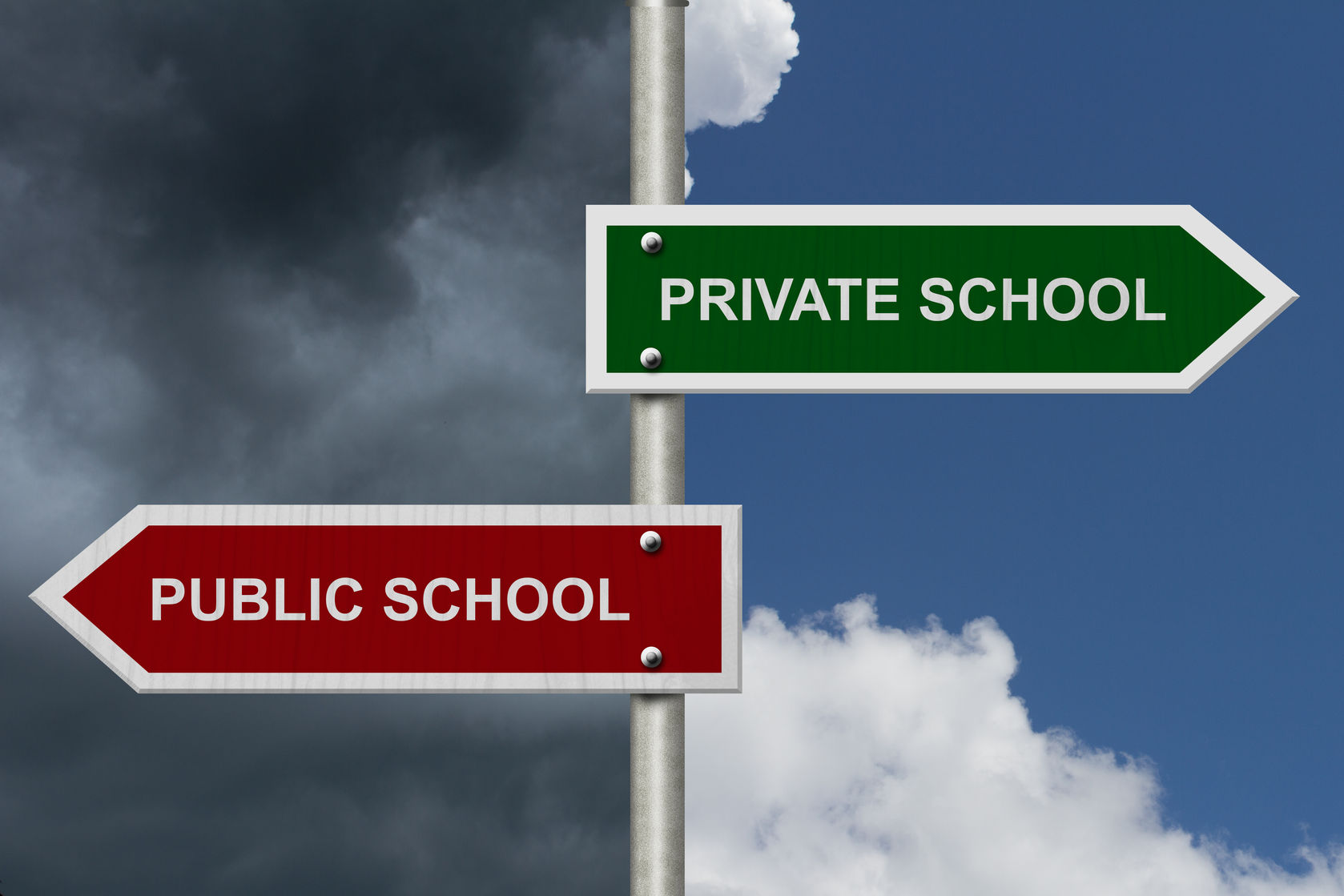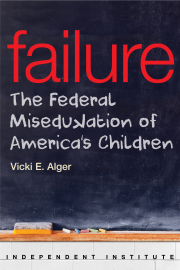School-choice programs in the United States are under attack again—at the very moment when parents appear to need them the most.
The attack is being led by the Obama administration, which simultaneously is attempting to impose new discipline standards on U.S. public schools that will probably make many schools less safe. Ineffective schools are reason enough to support choice programs that give parents the final word on where their children attend school. When crime and violence also become part of the equation, choice should be a no-brainer.
The new school-discipline policies have been in the works since 2010, when U.S. Education Secretary Arne Duncan announced that his department would use so-called disparate-impact criteria to investigate school districts’ discipline policies. Prompting the move were statistics indicating that African-American and Hispanic students were being disciplined at higher rates than other students. From these statistics, Duncan concluded that certain schools and school districts must be discriminating against the disciplined students. Or, as the U.S. Commission on Civil Rights put it in a 2011 briefing report, “statistically disparate results create a presumption of discrimination.”
What this policy means is that once the U.S. Department of Education identifies disparate discipline rates based on data collected by its Office of Civil Rights (OCR), the presumed-guilty school district or school must justify its disciplinary actions.
To be sure, American public schools are not blameless here. According to the OCR, African-American students represent 18 percent of public-school students; but they are nearly half (46 percent) of those who have been suspended more than once, 39 percent of students expelled, and 36 percent of those arrested on public-school grounds. Hispanic students are one-and-a-half times more likely to be expelled than are white students.
The OCR says it received more than 1,250 complaints in the past four years about possible civil-rights violations involving school-discipline systems. Starting in 2010, the OCR initiated 20 investigations of schools with significant racial disparities in discipline.
To satisfy the OCR, the public schools in Minneapolis recently adopted racial quotas that effectively ban the suspension of African-American students who commit certain offenses. Instead of suspending the students, the school district will now send teachers to training sessions for cultural sensitivity—as if the bad behavior is the teachers’ fault. Other students who commit these offenses, meanwhile, will continue to get kicked out.
The results of such policies should be obvious. Several California school districts that adopted similar quota-based discipline “remedies” are coping with increased violence. At one San Diego public charter school, assaults on campus involving mostly black and Hispanic students occur almost daily. Similar tales of chaos and violence are playing out in school districts from Los Angeles to Oakland, where minority students know they now have free reign to threaten and hurt others. The worst consequence they may have to face is a meeting with a “restorative justice” counselor.
All this makes it even harder to understand the administration’s simultaneous attacks on school-choice programs in Louisiana, Wisconsin, and elsewhere. School-choice programs do only one thing: They empower parents to enroll their children in the schools they think are best, and the associated funding follows the children—typically far less funding than it would take to keep those students in public schools.
Expanding parental choice would also be a more effective way to combat racially motivated discipline practices. Rather than compounding racism with more racism, let parents who feel their children have been treated unfairly move them to other schools. If Washington is going to browbeat school districts into looking the other way when black and Hispanic students commit serious offenses, the least we can do is provide parents with an escape route.









